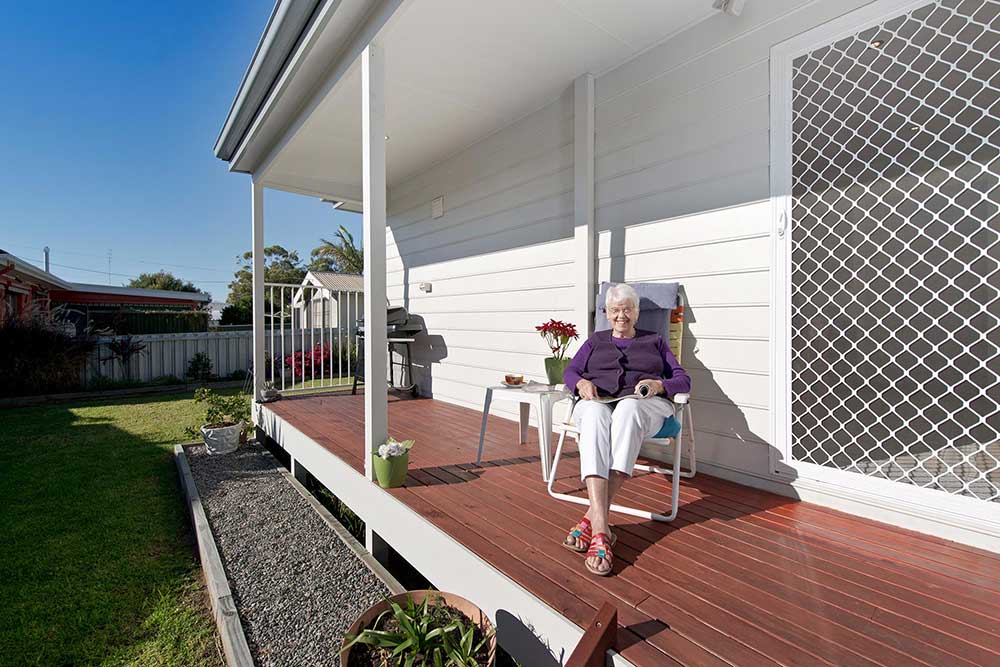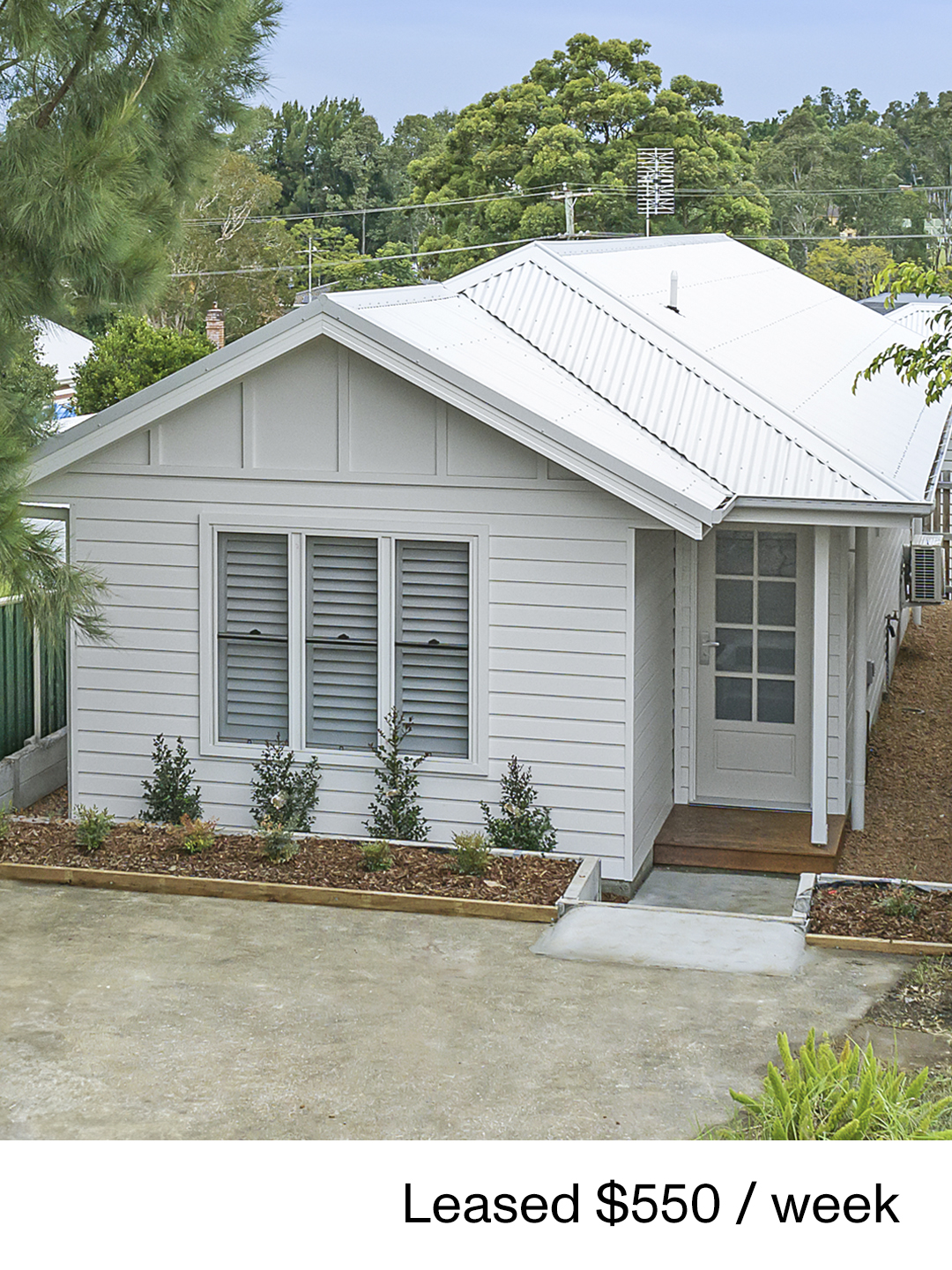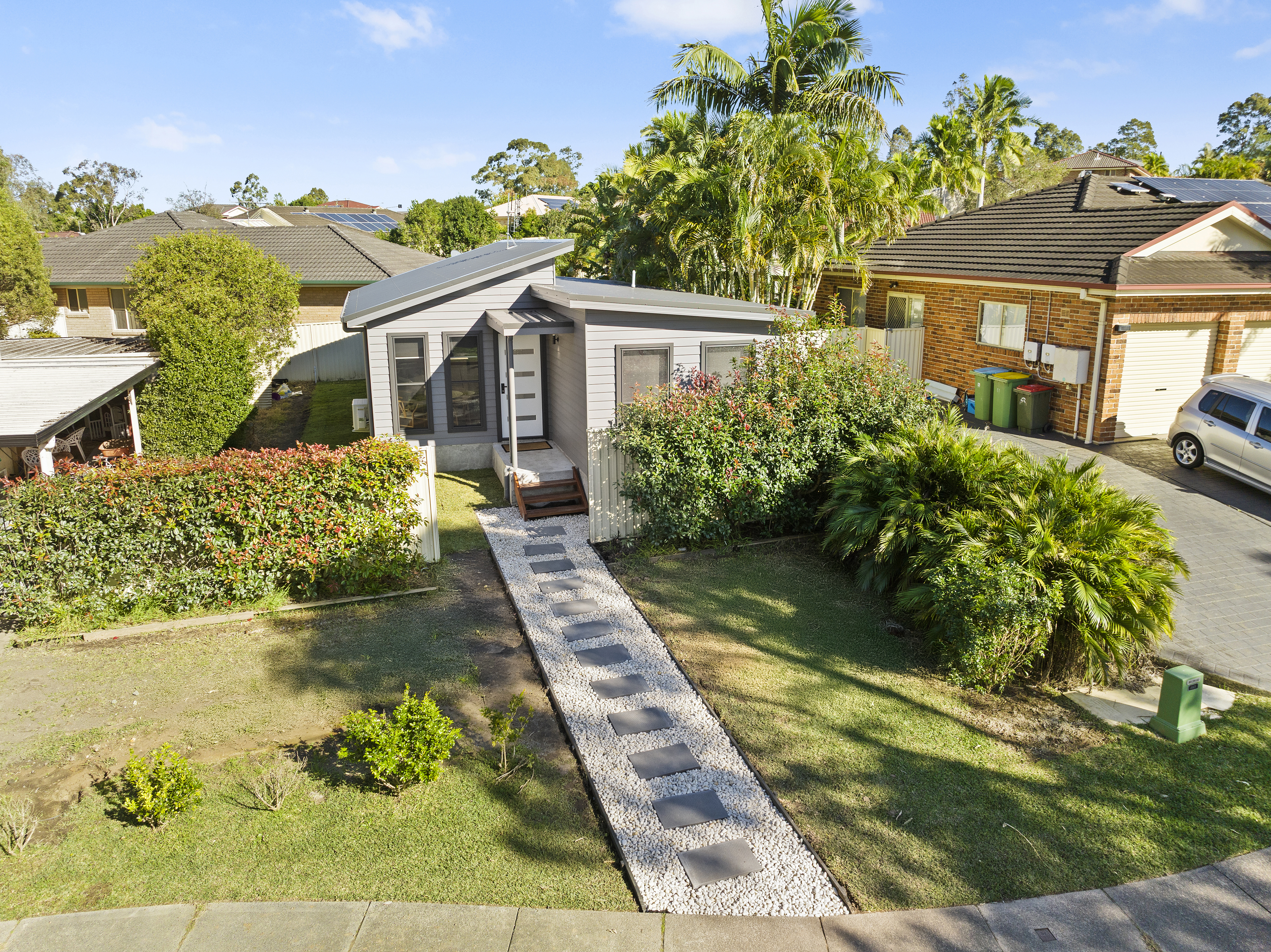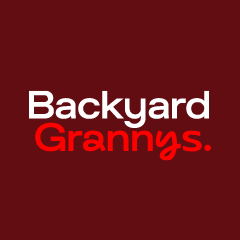How many rooms is too many: can you build a 4 bedroom granny flat?
While granny flats are no longer restricted to being a studio or single bedroom design of the past, can a 4-bedroom granny flat really still be called a granny flat? At what point is a granny flat no longer one, but a different type of dwelling, such as a dual occupancy?
Get a free quoteKey takeaways
- Building a 4-bedroom granny flat is generally not feasible under current NSW regulations.
- Granny flats are defined as secondary dwellings with a maximum floor space of 60m².
- A 4-bedroom unit might be classified as a dual occupancy, subject to different regulations.
- Key differences between granny flats and dual occupancies include ownership, size, and regulatory requirements.
- Local council regulations and zoning requirements must be considered.
- Most granny flat designs accommodate up to 3 bedrooms.
Understanding terminology: granny flat vs. dual occupancy
When building a self-contained dwelling on an existing property, there are two popular options generally compared to each other. A granny flat and dual occupancy. However, there are some differences between the two that are worth noting.
Differentiating between a granny flat and a dual occupancy
Granny flat
A secondary dwelling, more commonly referred to as a granny flat is a self-contained dwelling that is built on the same property as the main house. A granny flat has a maximum floor space of 60m2 and is designed to accommodate one to two people or a small family.
Granny flats usually contain one or two bedrooms (many designs now include built-in wardrobes), an open kitchen, bathroom, laundry, a living area and even an alfresco area. They can be attached to the main house or detached, and are often used for various purposes, such as housing options for relatives, providing rental income, or serving as a home office.
Dual occupancy
A dual occupancy can be larger than a granny flat, requiring 60m2, usually meaning they can accommodate more people. Like a granny flat, dual occupancies are often used as rental properties or to generate income from the property.
It is important to note that the rules and regulations around building granny flats and dual occupancies vary. It is always best to check with your local council or builders to get an understanding before proceeding with any building work.
Key differences
While granny flats and dual occupancies share some similarities, there are a few key differences between the two. Some of the main differences include:
- Ownership: Granny flats must be owned by the same person who owns the main house, while a dual occupancy can have a different owner.
- Size: Granny flats are a maximum of 60m2, while dual occupancies can be larger.
- Regulations: Granny flats are subject to specific regulations and requirements in the State Environmental Planning Policy (SEPP). At the same time, dual occupancies may have different rules depending on the local council and type of structure.
While granny flats and dual occupancies share some similarities, they are not the same. Understanding the key differences between the two can help homeowners decide which type of structure is right for their needs.

Impact of bedroom count on classification
The number of bedrooms in a granny flat can significantly impact its classification. The more bedrooms a granny flat has, the more likely it is to be classified as a separate dwelling.
According to the Australian Taxation Office (ATO), a granny flat is considered a separate dwelling with a separate entrance, kitchen, bathroom, and living area. However, the number of bedrooms can also be a factor in determining whether a granny flat is classified as a separate dwelling.
A granny flat with more than two bedrooms may be considered a separate dwelling for capital gains tax purposes. This means that if the property is sold, the owner may be liable to pay capital gains tax on the sale of the unit.
On the other hand, if a granny flat has two or fewer bedrooms, it may be considered an extension of the main dwelling. This means that the owner may not be liable to pay capital gains tax on the sale of the granny flat.
It is important to note that the number of bedrooms is just one factor in determining whether a granny flat is classified as a separate dwelling. Other factors, such as the size and layout of the granny flat, can also be considered.
NSW regulations for granny flats/secondary dwellings
Overview Of Regulations Governing Granny Flats In NSW
As granny flats are becoming increasingly popular in New South Wales (NSW) due to their affordability and flexibility, the regulations governing granny flats in NSW are designed to ensure that they are built safely and do not negatively impact the surrounding environment.
Zoning And Planning Considerations
The zoning and planning considerations for granny flats in NSW vary depending on the local council. Generally, granny flats are allowed in residential zones under the State Environmental Planning Policy (Housing) 2021, also known as the Housing SEPP. This policy provides a framework for developing affordable rental housing in NSW. Granny flats are considered a form of affordable rental housing and are, therefore, subject to this policy. The policy also sets out the requirements for granny flats, including size and design factors.
Some councils may also allow them in other zones under a Development Application. It is important to check with the local council or a private certifier to determine the specific zoning requirements.
Local Environmental Plans (LEPs)
Local Environmental Plans (LEPs) are prepared by local councils to guide land use and development in their area. LEPs may include provisions for granny flats, such as minimum lot size and setbacks. It is essential to check the relevant LEP for the area where the granny flat will be built.
Size And Design Requirements
The size and design requirements for granny flats in NSW are set out in the State Environmental Planning Policy (Affordable Rental Housing) 2009. The maximum size of a granny flat is 60 square metres, and it must be self-contained with its own kitchen, bathroom, laundry, and living area. The granny flat must also comply with the Building Code of Australia and any relevant Australian Standards.
Bedroom Limitations For Granny Flats
Generally, a granny flat can have up to two or three bedrooms. However, some councils may allow more bedrooms depending on the lot’s size and the granny flat’s design.
In summary, the regulations governing granny flats in NSW are designed to ensure that they are built safely and do not negatively impact the surrounding environment. It is important to check with the local council or a private certifier to determine the specific zoning and planning requirements for the area where the granny flat will be built. The size and design requirements for granny flats are set out in the State Environmental Planning Policy (Affordable Rental Housing) 2009.
So, is it possible to build a 4-bedroom granny flat? Is it still considered a granny flat in NSW?
In NSW, a granny flat is defined as a self-contained dwelling on the same lot as the primary dwelling. It is designed for one or more persons and must be able to provide independent living facilities, including a kitchen, bathroom, laundry and sleeping area.
While there are no specific restrictions on the number of bedrooms a granny flat can have, it must meet certain requirements, such as size, height, and setback regulations. Generally, a 4-bedroom is unlikely to meet the required criteria in NSW or be classified as a granny flat by local councils. As a result, most granny flat designs go up to 3 bedrooms.
It is also worth noting that a 4-bedroom dwelling may not be considered a “granny flat” in the traditional sense, as it may be larger and non-compliant with the SEPP guidelines.
This is why it’s so important to consult with a qualified builder or architect like us, to ensure that the design and construction of your granny flat comply with all relevant regulations.
Got a question for us?
Don’t hesitate to get in touch.Related resources

Keeping family close: building a granny flat for ageing parents
Discover how building a granny flat for ageing parents can keep family close, provide independence, and add value to your property. Learn more with Backyard Grannys.
General tips Read more
How to earn rental income from a granny flat in NSW
If you’re thinking about renting out your granny flat in NSW, here’s a clear, step-by-step guide to help you get started.
Investment Read more
Top 10 mistakes to avoid when planning your granny flat
Planning a granny flat? Avoid costly mistakes with our guide to the top 10 things to consider before you build. Expert tips for design, approvals, and building in NSW.
General tips Read more

-21.jpg)
